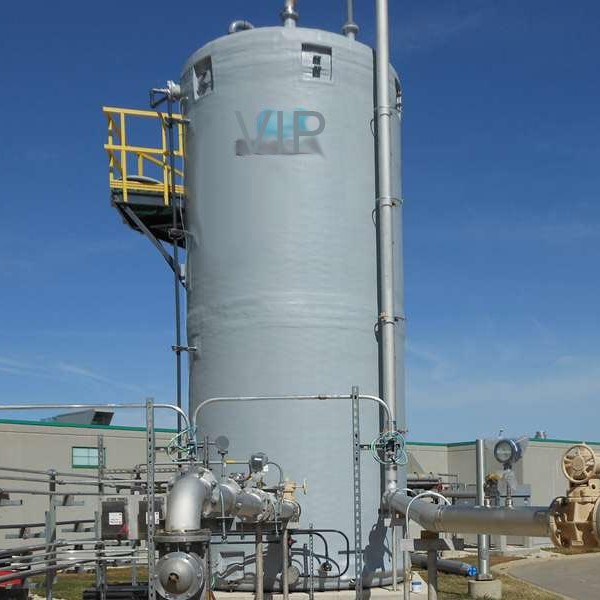
-
 Afrikaans
Afrikaans -
 Albanian
Albanian -
 Amharic
Amharic -
 Arabic
Arabic -
 Armenian
Armenian -
 Azerbaijani
Azerbaijani -
 Basque
Basque -
 Belarusian
Belarusian -
 Bengali
Bengali -
 Bosnian
Bosnian -
 Bulgarian
Bulgarian -
 Catalan
Catalan -
 Cebuano
Cebuano -
 China
China -
 China (Taiwan)
China (Taiwan) -
 Corsican
Corsican -
 Croatian
Croatian -
 Czech
Czech -
 Danish
Danish -
 Dutch
Dutch -
 English
English -
 Esperanto
Esperanto -
 Estonian
Estonian -
 Finnish
Finnish -
 French
French -
 Frisian
Frisian -
 Galician
Galician -
 Georgian
Georgian -
 German
German -
 Greek
Greek -
 Gujarati
Gujarati -
 Haitian Creole
Haitian Creole -
 hausa
hausa -
 hawaiian
hawaiian -
 Hebrew
Hebrew -
 Hindi
Hindi -
 Miao
Miao -
 Hungarian
Hungarian -
 Icelandic
Icelandic -
 igbo
igbo -
 Indonesian
Indonesian -
 irish
irish -
 Italian
Italian -
 Japanese
Japanese -
 Javanese
Javanese -
 Kannada
Kannada -
 kazakh
kazakh -
 Khmer
Khmer -
 Rwandese
Rwandese -
 Korean
Korean -
 Kurdish
Kurdish -
 Kyrgyz
Kyrgyz -
 Lao
Lao -
 Latin
Latin -
 Latvian
Latvian -
 Lithuanian
Lithuanian -
 Luxembourgish
Luxembourgish -
 Macedonian
Macedonian -
 Malgashi
Malgashi -
 Malay
Malay -
 Malayalam
Malayalam -
 Maltese
Maltese -
 Maori
Maori -
 Marathi
Marathi -
 Mongolian
Mongolian -
 Myanmar
Myanmar -
 Nepali
Nepali -
 Norwegian
Norwegian -
 Norwegian
Norwegian -
 Occitan
Occitan -
 Pashto
Pashto -
 Persian
Persian -
 Polish
Polish -
 Portuguese
Portuguese -
 Punjabi
Punjabi -
 Romanian
Romanian -
 Russian
Russian -
 Samoan
Samoan -
 Scottish Gaelic
Scottish Gaelic -
 Serbian
Serbian -
 Sesotho
Sesotho -
 Shona
Shona -
 Sindhi
Sindhi -
 Sinhala
Sinhala -
 Slovak
Slovak -
 Slovenian
Slovenian -
 Somali
Somali -
 Spanish
Spanish -
 Sundanese
Sundanese -
 Swahili
Swahili -
 Swedish
Swedish -
 Tagalog
Tagalog -
 Tajik
Tajik -
 Tamil
Tamil -
 Tatar
Tatar -
 Telugu
Telugu -
 Thai
Thai -
 Turkish
Turkish -
 Turkmen
Turkmen -
 Ukrainian
Ukrainian -
 Urdu
Urdu -
 Uighur
Uighur -
 Uzbek
Uzbek -
 Vietnamese
Vietnamese -
 Welsh
Welsh -
 Bantu
Bantu -
 Yiddish
Yiddish -
 Yoruba
Yoruba -
 Zulu
Zulu
Exploring the Dynamics of FRP Transition in Engineering Applications
The FRP Transition Navigating the Shift in Fiber-Reinforced Polymer Applications
In recent years, the world has witnessed a significant transition in the use of fiber-reinforced polymers (FRP), driven by technological advancements and a growing preference for lightweight, high-strength materials. This transformation is not merely a trend but a fundamental evolution in various industries including construction, automotive, aerospace, and renewable energy. Understanding the nuances of this FRP transition is crucial for stakeholders across these sectors.
Understanding FRP Materials
Fiber-reinforced polymers are composite materials made from a polymer matrix reinforced with fibers such as glass, carbon, or aramid. The combination provides exceptional mechanical properties, including high tensile strength, stiffness, and resilience against harsh environmental conditions. With these advantages, FRP materials are increasingly being favored over traditional materials like steel and concrete.
Key Drivers of the FRP Transition
1. Weight Efficiency One of the most significant factors driving the FRP transition is the demand for lighter materials. Particularly in the automotive and aerospace industries, reducing weight is essential for improving fuel efficiency and performance. FRP composites offer an excellent strength-to-weight ratio, allowing manufacturers to design lighter structures without compromising durability.
2. Corrosion Resistance In environments where corrosion is a concern, such as coastal areas or chemical processing plants, FRP materials excel. Unlike traditional metals, FRP does not corrode, thus reducing maintenance costs and extending the lifespan of structures and components. This property makes FRP an attractive option for infrastructure projects such as bridges and pipelines.
3. Sustainability The move toward more sustainable materials is another critical driver. FRP can be manufactured with bio-based resins and fibers, contributing to lower carbon footprints. Moreover, the lightweight nature of FRP helps in reducing energy consumption during transportation and installation.
frp transition

4. Technological Advancements Innovations in manufacturing processes, such as automated fiber placement and improved resin formulations, have enhanced the feasibility of using FRP in a broader range of applications. These technologies allow for greater precision and reduced production costs, making FRP a more accessible option for various industries.
Challenges to Overcome
Despite the optimistic outlook for FRP materials, several challenges must be addressed for a successful transition. One of the primary concerns is the initial cost of FRP components, which can be higher than traditional materials. However, this should be viewed in the context of long-term savings in maintenance and operational efficiency.
Another challenge lies in the recycling and disposal of FRP materials. As the industry shifts towards sustainability, developing efficient recycling methods for composites will be essential. Currently, end-of-life management of FRP remains a significant hurdle, necessitating innovative approaches to ensure they can be processed in an environmentally friendly manner.
Future Outlook
As industries continue to embrace the benefits of FRP, the transition is poised for growth. Increased research into biodegradable composites, smart materials that respond to environmental stimuli, and enhanced recycling processes will play a crucial role in shaping the future of FRP applications.
Moreover, governmental policies aimed at promoting sustainable practices will likely accelerate the adoption of FRP materials. As standards evolve and more engineers and architects gain familiarity with FRP technologies, the integration of these materials into mainline construction and manufacturing processes will become more seamless.
In conclusion, the FRP transition symbolizes a pivotal shift towards innovative, sustainable, and efficient materials that promise to reshape industries. By overcoming existing challenges and leveraging technological advancements, stakeholders can unlock the full potential of fiber-reinforced polymers, marking a new era in material science and engineering.
Latest news
-
Exploring the Benefits of Top Hammer Drifter Rods for Enhanced Drilling PerformanceNewsJun.10,2025
-
High-Precision Fiberglass Winding Machine for GRP/FRP Pipe Production – Reliable & Efficient SolutionsNewsJun.10,2025
-
FRP Pipes & Fittings for Shipbuilding - Corrosion-Resistant & LightweightNewsJun.09,2025
-
Premium FRP Flooring Solutions Durable & Slip-ResistantNewsJun.09,2025
-
Premium Fiberglass Rectangular Tanks Durable & Lightweight SolutionNewsJun.09,2025
-
Tapered Drill String Design Guide Durable Performance & UsesNewsJun.09,2025









